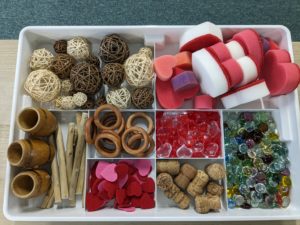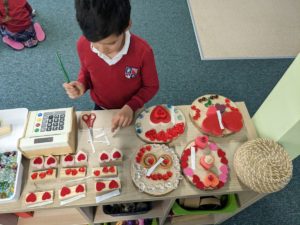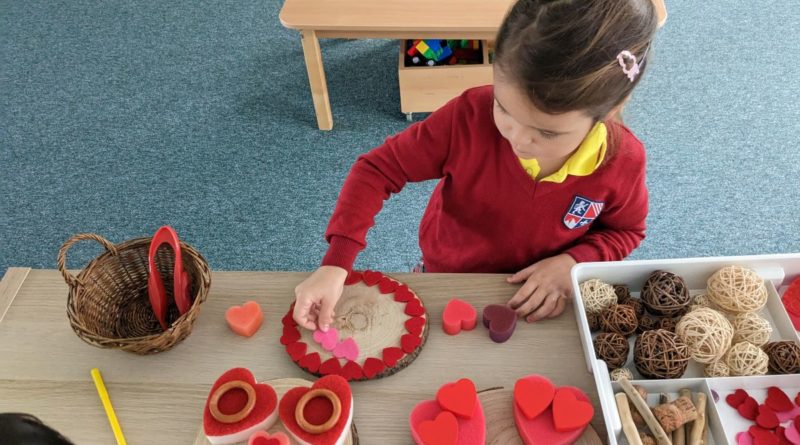Unleashing Creativity
 The Magic of Loose Parts in Childhood Play
The Magic of Loose Parts in Childhood Play
When I was little, my mom had a desk filled with drawers holding a treasure trove. In addition to the usual desk supplies like pens, pencils, and colorful paper clips, rubber bands and staples, there were game pieces patiently waiting to be reunited with their games, broken jewelry in need of fixing, broken figurines waiting to be glued, buttons of all sizes, odd screws and nuts, old decorative stamps, odd coins, and much more.
It was a truly magical place where I could spend hours inventing stories for all the bits and pieces in those drawers. That desk and the memories of the good times is how I like to think of loose parts.
Loose parts refer to open-ended, versatile materials that can be manipulated, combined, and repurposed in various ways during play. These objects have no predetermined use or fixed function, allowing for children to engage with them creatively. 
Examples of loose parts include everyday items such as buttons, stones, sticks, fabric scraps, wooden blocks, shells, and other miscellaneous objects. The concept of loose parts emphasizes the value of open-ended play and encourages imagination, creativity, and exploration. Loose parts:
- Encourages Creativity: Loose parts invite open-ended play allowing children to use their imagination to create and invent.
- Promotes Problem-Solving Skills: Loose parts encourages children to think critically and find creative solutions to challenges they encounter during play.
- Fosters Autonomy: With no predetermined use, loose parts empower individuals to take control of their play, making choices, and directing their own activities.
- Supports Sensory Development: The varied textures, shapes, and sizes of loose parts provide a sensory-rich experience, contributing to the development of fine motor skills and sensory awareness.
- Facilitates Diverse Play Experiences: Loose parts can be combined in countless ways, facilitating a wide range of play experiences from building structures to creating imaginative scenarios.
- Stimulates Imagination: The open nature of loose parts encourages individuals to use the items in unconventional ways, sparking imaginative thinking and storytelling.
- Promotes Collaboration: Sharing and combining loose parts in group settings fosters collaboration, communication, and negotiation skills among individuals.
- Builds Fine Motor Skills: Manipulating and interacting with small loose parts contributes to the development of fine motor skills and hand-eye coordination.
- Creates a Dynamic Play Environment: Loose parts can be easily rearranged and combined in different ways, creating a dynamic and ever-changing play environment that keeps individuals engaged.
- Cultivates a Love for Learning: The freedom and creativity associated with loose parts play contribute to a positive attitude toward learning and exploration.



